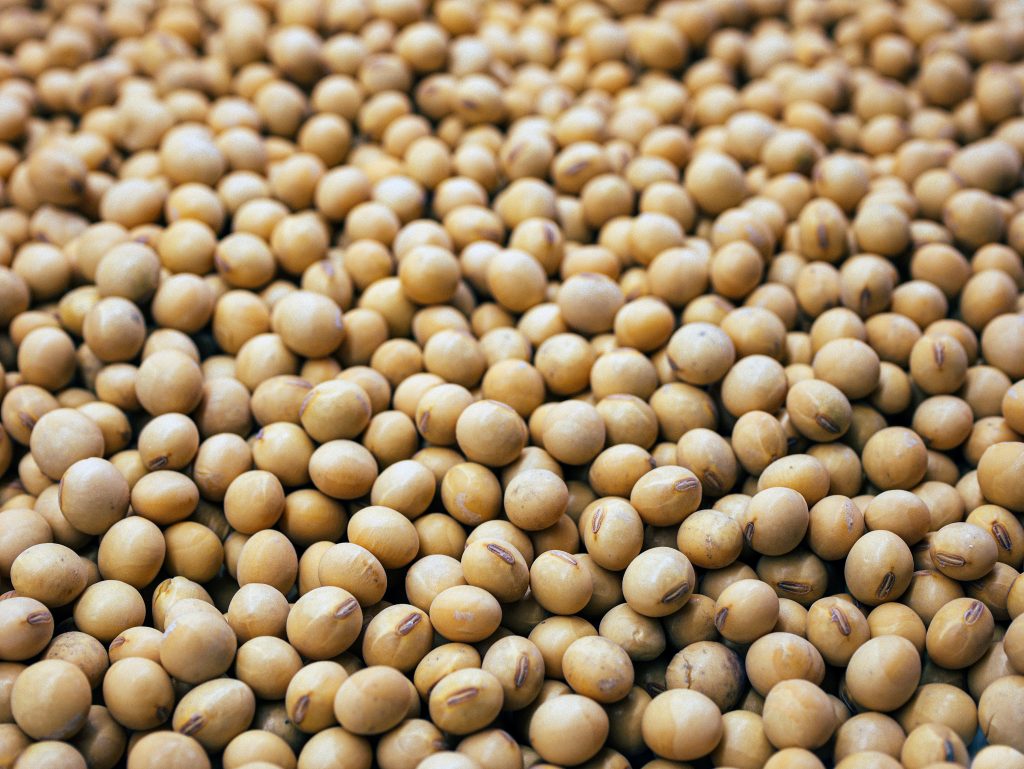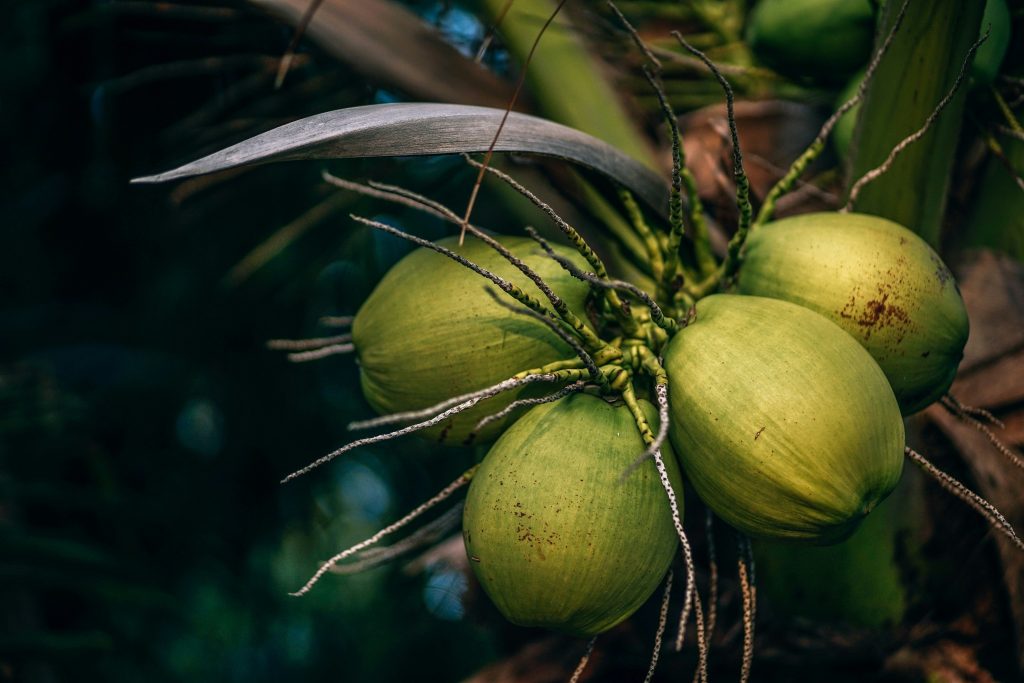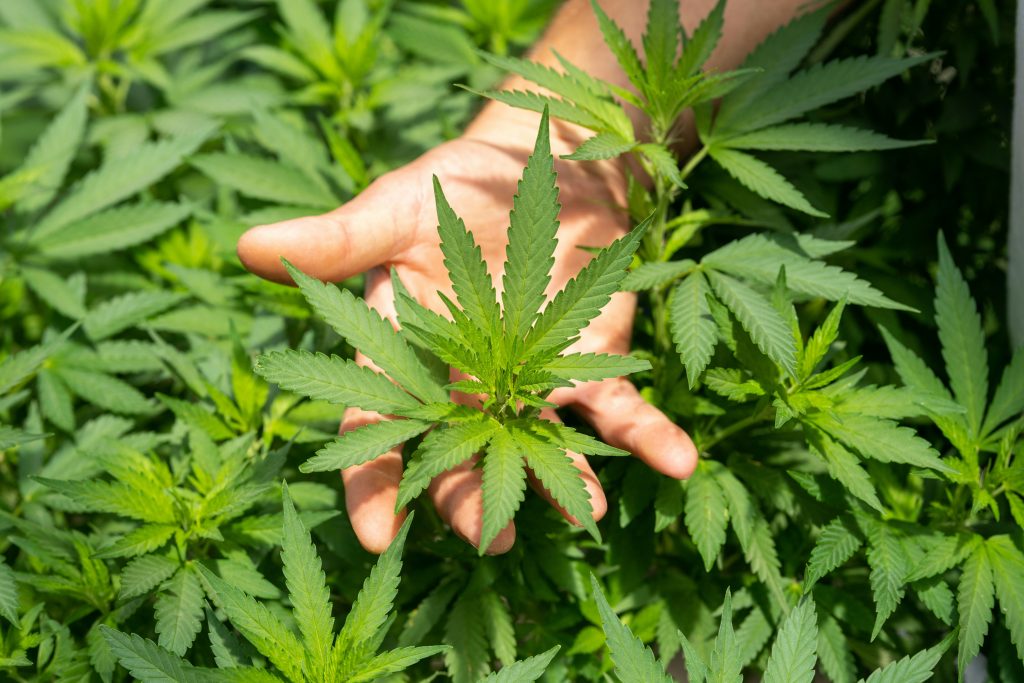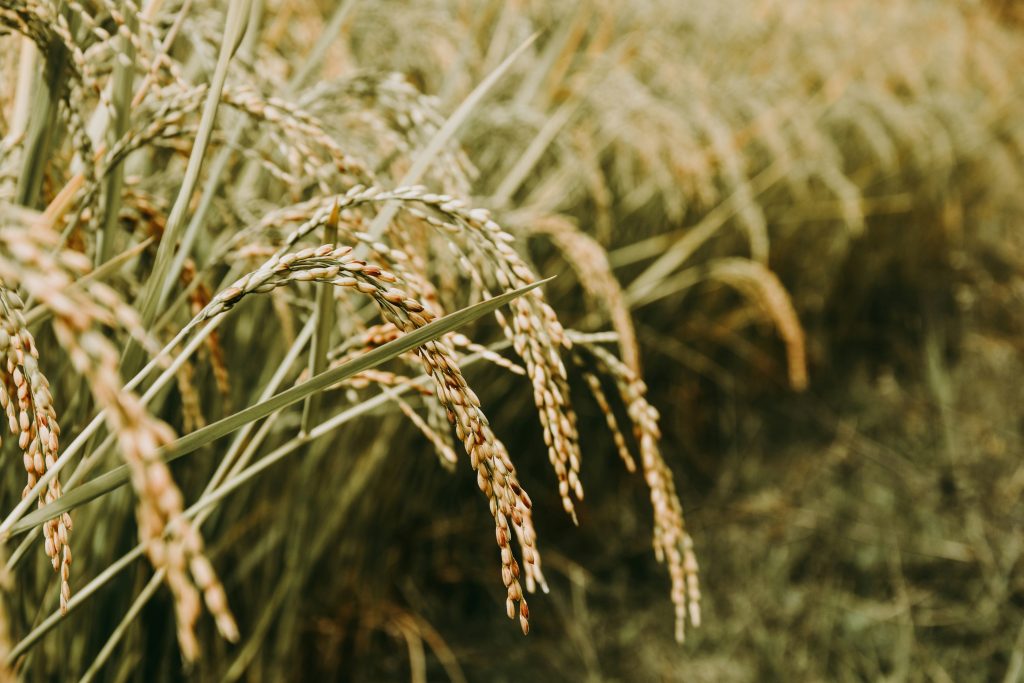Leguminous crops play a crucial role in agriculture, contributing significantly to sustainable farming practices and global food security. These crops, encompassing a diverse range of plant species, hold unique characteristics that make them essential components of various ecosystems. In this article, we will explore the world of leguminous crops, examining their significance, examples, characteristics, and diverse applications in agriculture.
What are Leguminous Crops?

Leguminous crops belong to the family Fabaceae and are characterized by their ability to fix atmospheric nitrogen through a symbiotic relationship with nitrogen-fixing bacteria called rhizobia. This unique trait enhances soil fertility, making leguminous crops an integral part of crop rotation systems. The family Fabaceae comprises a vast array of plant species, each with its own set of characteristics and applications.
Examples of Leguminous Crops
- Soybeans
- Chickpeas
- Lentils
- Peas
- Fava beans
- Alfalfa
- Clovers
- Mung beans
- Black-eyed peas
- Peanut
Soybeans
Soybeans, scientifically known as Glycine max, are one of the most widely cultivated leguminous crops globally. These beans are rich in protein and oil, making them valuable for both human and animal consumption. Additionally, soybeans play a crucial role in various industries, including the production of soy-based products, biodiesel, and industrial chemicals.
Chickpeas
Chickpeas, also known as garbanzo beans, belong to the Cicer arietinum species. These nutrient-dense legumes are a staple in many cuisines around the world. They are a rich source of protein, fiber, and essential minerals, contributing to a balanced and nutritious diet. Chickpeas are versatile and can be used in various dishes, such as salads, soups, and curries.
Lentils
Lentils, members of the Lens culinaris species, are another prominent leguminous crop. These lens-shaped seeds are known for their high protein content and are a key component of vegetarian and vegan diets. Lentils come in various colors, including green, brown, and red, each with its own distinct flavor and cooking properties.
Peas
Peas, scientifically classified as Pisum sativum, are a familiar leguminous crop with both culinary and agricultural significance. Green peas, snow peas, and snap peas are common varieties consumed as vegetables. Peas contribute to soil health by fixing nitrogen and are a valuable rotational crop in farming systems.
Fava Beans
Fava beans, also known as broad beans, belong to the Vicia faba species. These large, flat beans have a distinct earthy flavor and are commonly used in Mediterranean cuisine. Fava beans are not only a rich source of protein but also contribute to nitrogen fixation in the soil.
Alfalfa
Alfalfa (Medicago sativa) is a leguminous crop widely cultivated as forage for livestock. Its deep root system allows it to access nutrients from lower soil layers, making it a valuable cover crop. Alfalfa is not only a nutritious feed for animals but also helps improve soil structure and prevent erosion.
Clovers
Clovers, including species like Trifolium repens (white clover) and Trifolium pratense (red clover), are leguminous plants commonly used as cover crops and forage. These plants play a vital role in sustainable agriculture by fixing nitrogen, enhancing soil fertility, and providing grazing options for livestock.
Mung Beans
Mung beans (Vigna radiata) are small, green legumes commonly used in Asian cuisines. These beans are a rich source of nutrients, including protein, fiber, and vitamins. Mung beans are versatile and can be sprouted for added nutritional benefits.
Black-eyed Peas
Black-eyed peas (Vigna unguiculata) are a type of cowpea known for their distinctive black spot. These legumes are rich in protein, fiber, and essential minerals. Black-eyed peas are a staple in Southern cuisine and are often used in dishes like Hoppin’ John.
Peanut
Peanuts (Arachis hypogaea) are leguminous plants cultivated for their edible seeds. Despite their name, peanuts are not true nuts but rather legumes that develop underground. Peanuts are a rich source of protein and healthy fats, and they are widely consumed in various forms, including peanut butter.

Read also: Classification of crops
Uses of Leguminous Crops
- Human Consumption: They are a significant source of protein, especially for vegetarian and vegan diets. Beans, lentils, and peas are commonly consumed in various culinary preparations.
- Animal Feed: Many leguminous crops, such as alfalfa and clovers, are grown as forage for livestock. These plants provide essential nutrients for animals, supporting the dairy and meat industries.
- Nitrogen Fixation in Agriculture: Legumes contribute to sustainable agriculture by fixing atmospheric nitrogen, reducing the need for synthetic fertilizers. This benefits both the environment and crop yields.
- Cover Cropping: Leguminous cover crops, like clovers and vetch, are used to cover the soil during periods when primary crops are not growing. This helps prevent soil erosion and adds organic matter to the soil.
- Green Manure: Some legumes, when plowed back into the soil before maturity, serve as green manure. This enhances soil fertility by adding organic matter and nutrients.
- Biodiesel Production: Certain legumes, like soybeans, are used in the production of biodiesel. The oil extracted from these crops serves as a renewable and eco-friendly alternative to traditional fossil fuels.
- Agroforestry Systems: Leguminous trees, such as acacia and locust, are often incorporated into agroforestry systems. These trees provide shade, fix nitrogen, and contribute to soil improvement.
- Soil Conservation: Leguminous cover crops play a crucial role in soil conservation by protecting against erosion and promoting water retention. This is especially important in areas with challenging climatic conditions.
- Human Health Benefits: They offer various health benefits, including improved heart health, weight management, and blood sugar control. Their nutrient-rich profile makes them an essential component of a balanced diet.
- Industrial Applications: These crops find applications in various industries. Soybeans, for example, are used in the production of soy-based products, including tofu, soy milk, and meat alternatives.
Characteristics of Leguminous Crops
- Nitrogen Fixation: One of the key characteristics of leguminous crops is their ability to form symbiotic relationships with nitrogen-fixing bacteria. This process allows them to convert atmospheric nitrogen into a form that plants can use for growth.
- High Protein Content: Legumes are renowned for their high protein content, making them valuable sources of plant-based protein for both human and animal consumption.
- Biodiversity Enhancement: They contribute to biodiversity by supporting a wide range of beneficial insects and microorganisms in the soil. This enhances the overall health of ecosystems.
- Soil Improvement: The deep root systems of many legumes help improve soil structure and fertility. These plants are often used as cover crops to prevent soil erosion.
- Versatility in Culinary Applications: They offer versatility in the kitchen, with various species used in a multitude of dishes worldwide. From soups and stews to salads and snacks, these crops provide diverse culinary options.
The bottom line
Legumes are indispensable contributors to sustainable agriculture, with far-reaching impacts on food production, soil health, and biodiversity. From the versatile soybean to the humble lentil, each leguminous crop brings unique qualities to the table. By understanding and harnessing the potential of these crops, we can create a more resilient and eco-friendly agricultural landscape, ensuring a stable food supply for future generations. As we continue to explore innovative ways to utilize leguminous crops, their importance in shaping the future of agriculture cannot be overstated.
FAQs
1. Is groundnut a leguminous crop?
Yes, groundnut, also known as peanuts (scientific name: Arachis hypogaea), is a leguminous crop. Groundnuts play a crucial role in agriculture, providing a valuable source of protein and oil.
2. Is rice a leguminous crop?
No, rice (scientific name: Oryza sativa or Oryza glaberrima) is not a leguminous crop. Rice belongs to the Poaceae family and is classified as a cereal grain. Unlike leguminous crops, rice plants do not have the ability to fix atmospheric nitrogen. Instead, they obtain their nutrients from the soil.
3. What are legumes?
Legumes are plants characterized by their ability to fix nitrogen through a symbiotic relationship with nitrogen-fixing bacteria present in their root nodules. The process of nitrogen fixation allows legumes to convert atmospheric nitrogen into a form that is usable by plants. Legumes encompass a diverse range of crops, including beans, lentils, peas, chickpeas, soybeans, and more.


